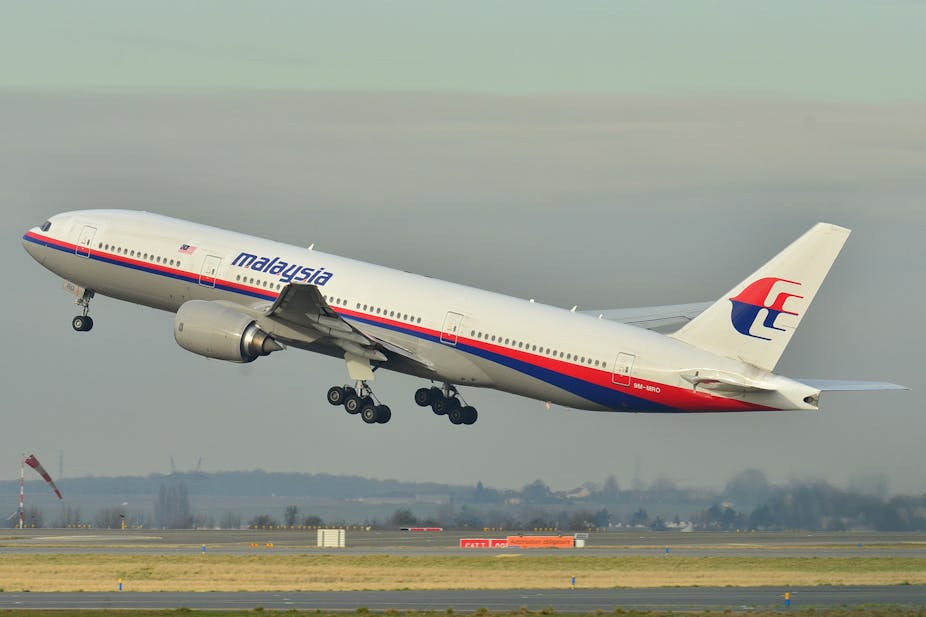Could the wisdom of crowds locate missing Flight MH370? Perhaps with a sufficient number of experts, each bringing a little knowledge of the ocean, currents, wreck salvage, and so forth, the lost aircraft could be found by pooling all this expertise.
While an individual expert’s prediction is limited to their special knowledge, taken together the combined wisdom of experts could locate the vessel more accurately than a range of other predictive tools.
A method known as prediction markets – the combination of a large number of educated estimates – has demonstrated astonishing accuracy in the past. Perhaps it’s time to apply prediction market theory to Flight MH370.
Prediction markets are essentially speculative markets used to aggregate information with a view to making accurate predictions. As an advocate of their power and someone who has researched them extensively, this way of locating lost planes or ships is certainly plausible.
In a 2001 paper in Financial Analysts Journal, Professor Mark Rubinstein retells the fascinating story of the missing US Navy submarine, the USS Scorpion, as featured in Blind Man’s Bluff: The Untold Story of American Submarine Espionage by Sherry Sontag and Christopher Drew. On the afternoon of May 27, 1968, Scorpion was declared missing with all 99 men on board. It was known that the submarine must be somewhere within a 20-mile radius of a particular region of the Atlantic Ocean. But this search area was too large – and, after five months of searching, the navy had almost given up hope of finding the submarine.
It was at this point that John Craven, the navy’s top deep-water scientist, turned to a group of submarine and salvage experts and asked them to bet on what could have happened to the lost submarine. He proposed the location suggested by taking an average of their combined responses – and this turned out to be within 200 metres of where the wreck was eventually found. Craven’s prediction method was remarkably successful, predating the explosion of interest in prediction markets by decades.
This story got me thinking, as to the best of my knowledge in the case of Flight MH370 the prediction market method has not yet been formally employed.
Some interested parties believe that there has been, up to now, insufficient information to make proper use of this methodology. But with reports of a piece of debris washed up on Reunion, this may have changed.
The debris is suspected to be a leading edge flaperon of a Boeing 777 wing, used to control the roll or bank of the aircraft. If it is part of an aircraft it will have a unique serial number on it, which can be used to identify the plane it came from. Expert analysis of the debris at the BEA, the French air accident investigators based in Toulouse, will also be able to provide an indication of the speed and angle of impact at which it hit the ocean.
Analysis from marine biologists of the barnacles attached to the debris could help establish where it has travelled before washing ashore. Combined with drift analysis of Indian Ocean currents by oceanographers, this could provide a boost to search efforts.
The next question is how to locate the rest of the missing plane. By aggregating all the information from a broad range of experts, a prediction market of collective expertise could provide us with new leads to continue the search.

